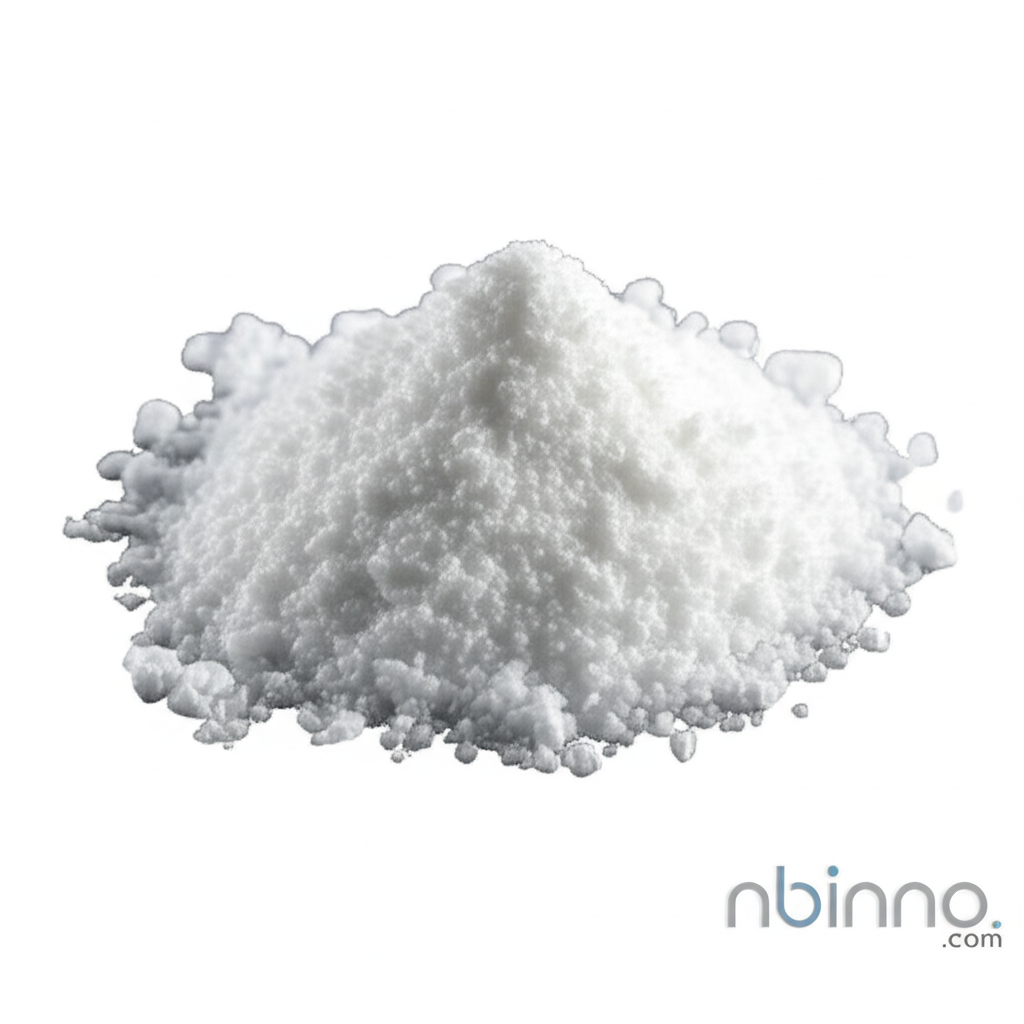N-Propylammonium Bromide for Advanced Solar Technologies
Empowering the future of energy with high-purity precursors for next-generation solar cells.
Get a Quote & SampleProduct Core Value

N-Propylammonium Bromide
N-Propylammonium Bromide (CAS 4905-83-3) stands as a critical component in the advancement of photovoltaic technology. Its primary role as a precursor for perovskites makes it indispensable for the development of highly efficient solar cells. We provide this essential material with guaranteed high purity to ensure optimal performance in your research and manufacturing processes.
- Unlock efficient solar energy conversion by utilizing N-Propylammonium Bromide as a key perovskite precursor.
- Ensure consistent performance in your photovoltaic applications with our high-purity (97% Min.) N-Propylammonium Bromide.
- Explore the possibilities of next-generation solar technology powered by our reliable chemical precursors for solar.
- Leverage the chemical versatility of N-Propylammonium Bromide in your advanced organic chemistry projects.
Key Advantages
Purity and Consistency
Achieve superior results in your perovskite solar cell development, thanks to the consistently high purity of our N-Propylammonium Bromide, critical for reliable photovoltaic applications.
Enabling Next-Gen Solar
This essential chemical precursor for solar innovation allows researchers and manufacturers to push the boundaries of energy conversion efficiency.
Reliable Supply Chain
Benefit from a stable supply of N-Propylammonium Bromide (CAS 4905-83-3), ensuring your research and production schedules remain uninterrupted.
Key Applications
Perovskite Solar Cells
As a vital precursor for perovskites, it enables the fabrication of highly efficient solar cells, contributing to the future of renewable energy.
Photovoltaic Material Research
Essential for scientists exploring new materials and architectures for advanced photovoltaic applications, driving innovation in solar technology.
Organic Chemistry Synthesis
Utilized in various organic synthesis pathways, offering versatile applications within the broader field of chemical research and development.
Material Science Advancement
Contributes to the development of new functional materials, supporting advancements in electronic and energy-related material science.
